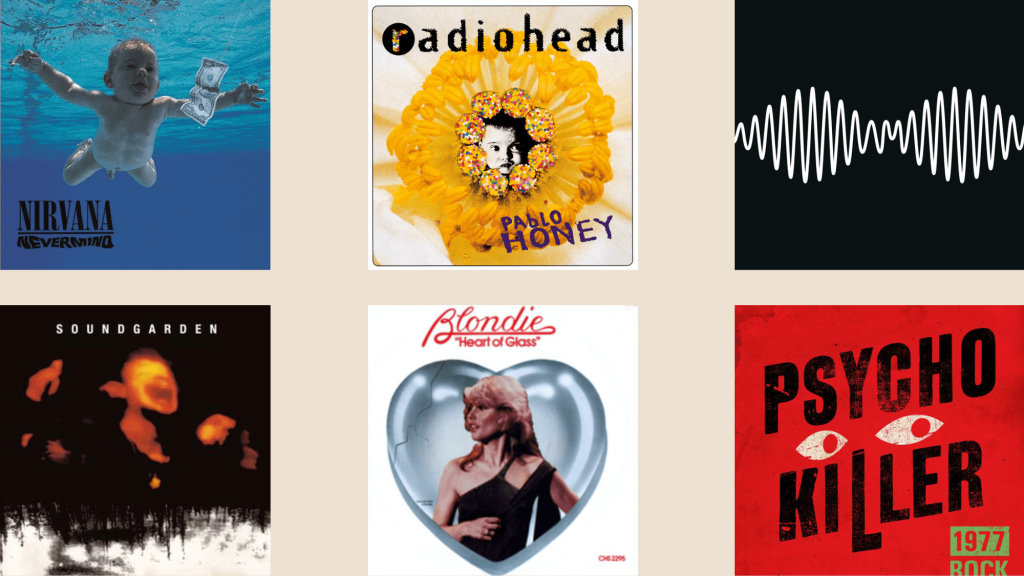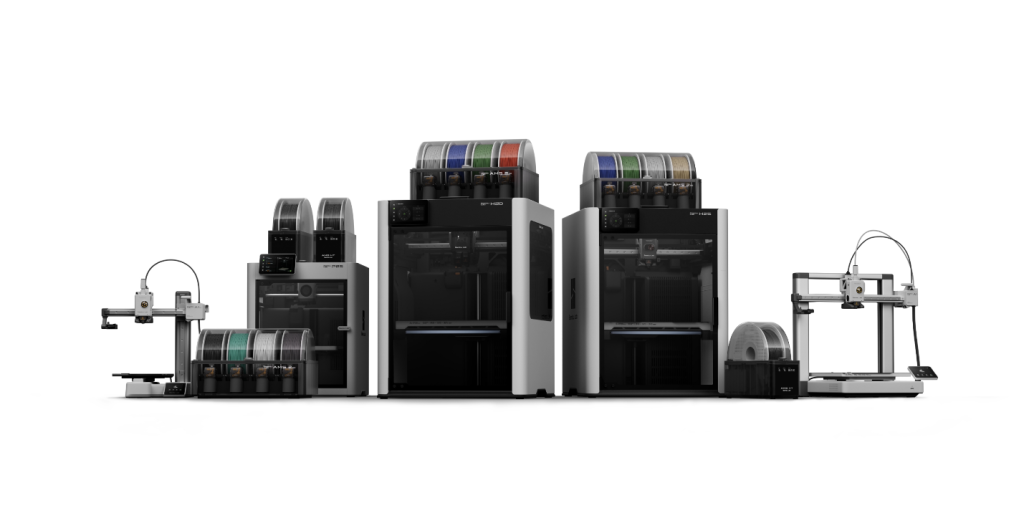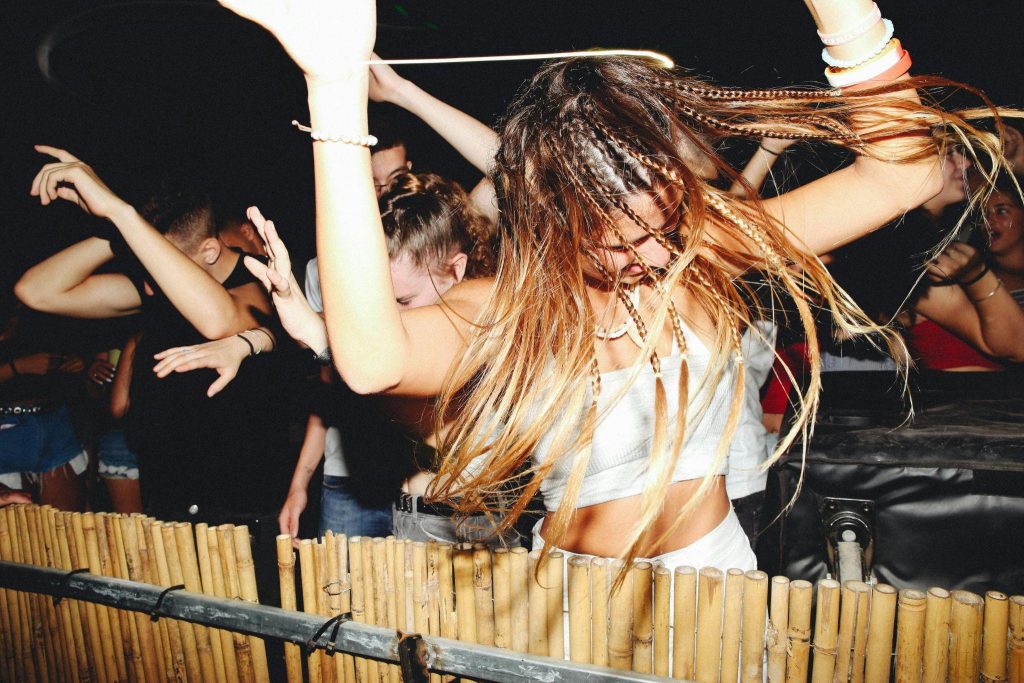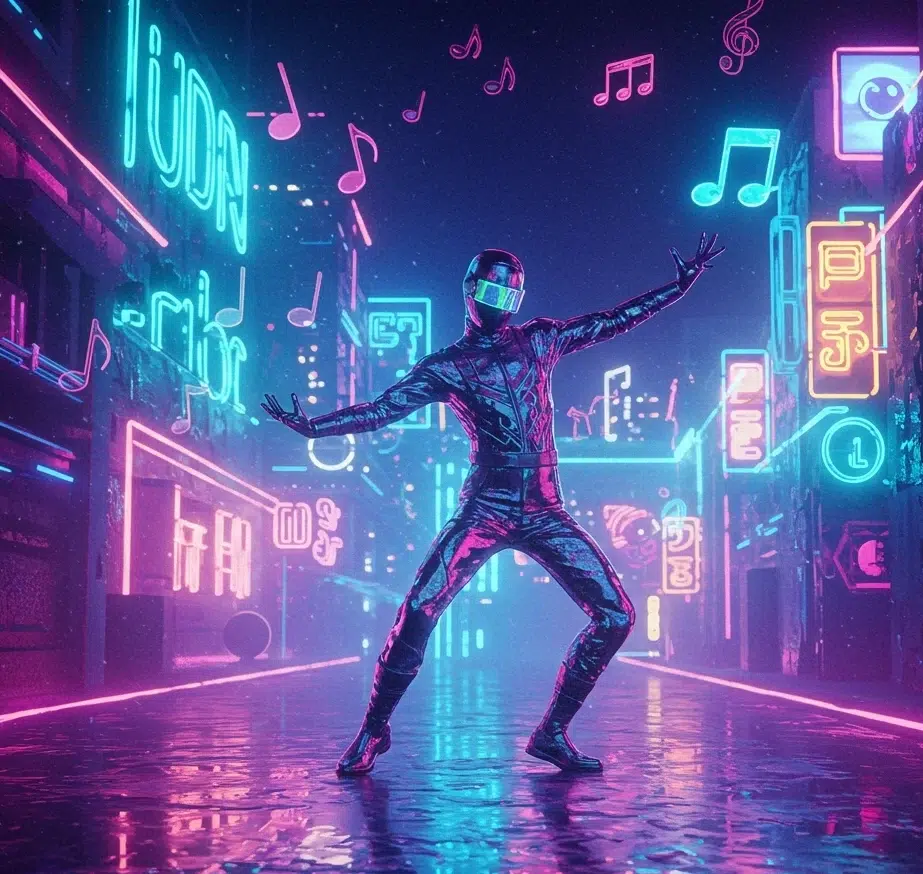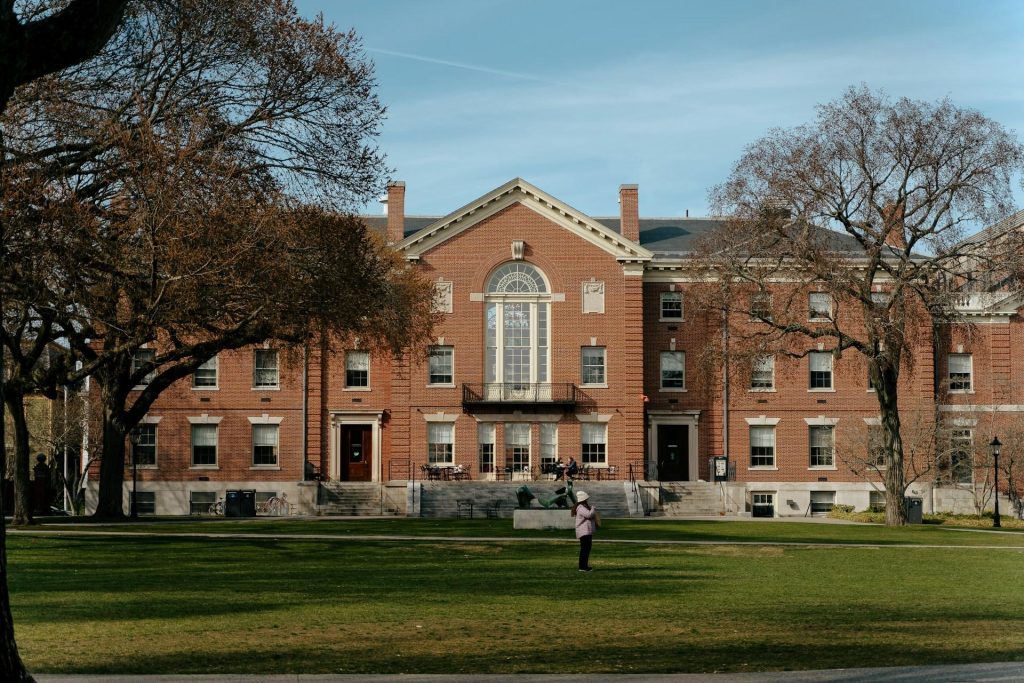The music world offers a vast menu of styles, including pop, jazz, hip-hop, and classical, but not every sound fits neatly into these categories. While many artists follow familiar patterns, others step outside the box, carving out something entirely their own.
Some songs challenge the norm, while some bands build paths that don’t exist yet. These are the creators who blur lines, mix genres, and reject formulaic sounds.
That’s where alternative music lives, a genre that defies expectations, embraces the experimental, and thrives on fearless creativity.
What Is the Alternative Music Genre?
Alternative music is more than just a sound; it’s a movement. It was born as a response to the commercialism of mainstream music. Starting in the 1970s and gaining traction in the 1980s and ’90s.
It became home to musicians who wanted to write their own lyrics, choose their own sound, and shape their own identity.
From underground punk bands to atmospheric shoegaze acts, alternative music brings together raw emotion, unconventional production, and an independent spirit. It’s the voice of those who don’t quite fit in, and don’t want to.
Types of Alternative Music Genres
Alternative music isn’t just one sound; it’s a collection of bold styles, each with its own mood, message, and musical fingerprint that breaks convention.
1. Alternative Rock
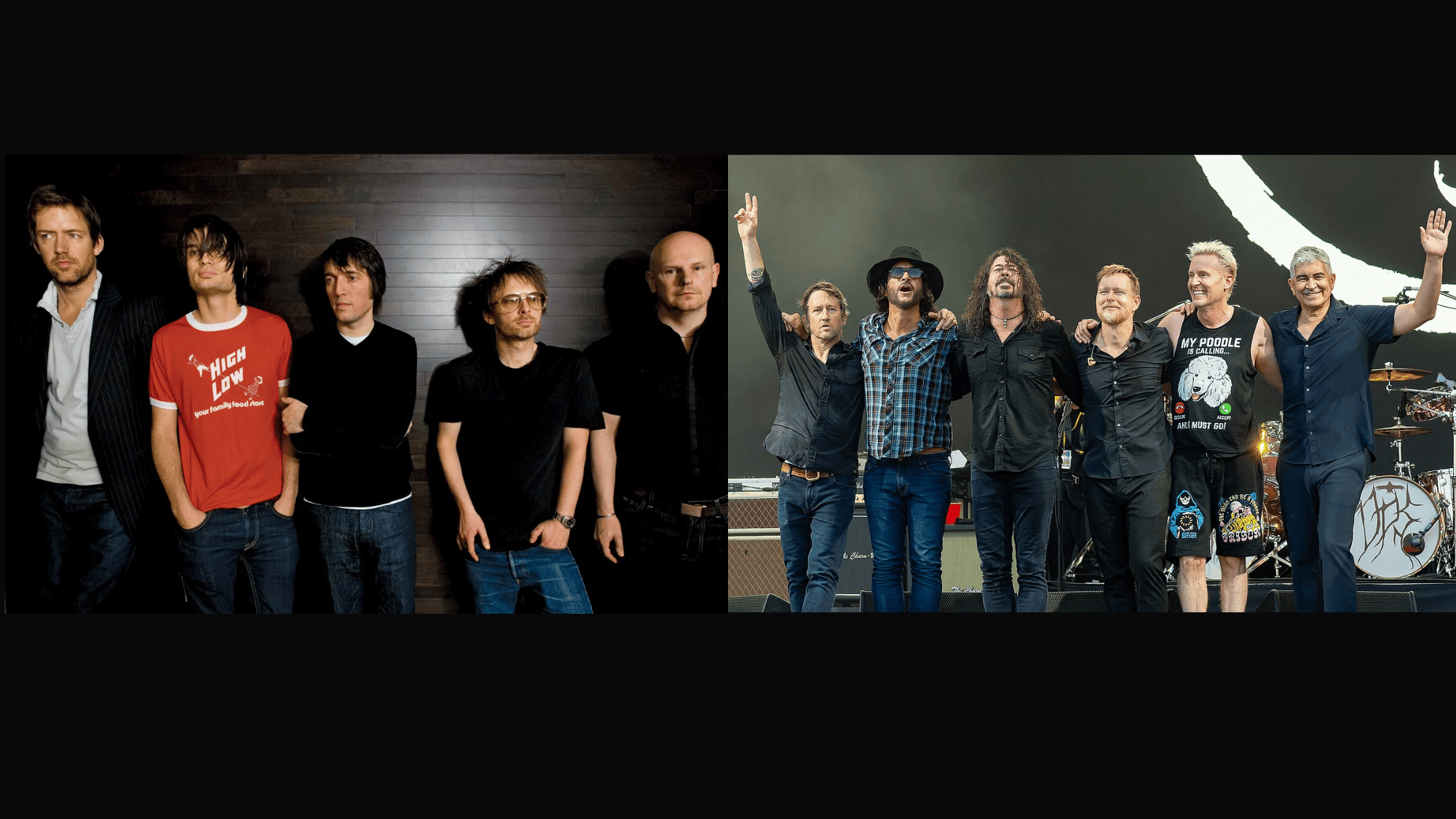
Alternative rock serves as the core umbrella for countless non-mainstream rock sounds. It mixes the rebellious nature of punk with melodic rock influences, creating emotionally expressive and often experimental music.
Popular in the ’90s, it allowed bands to explore social issues, personal struggles, and unconventional themes while avoiding traditional pop formulas.
Famous Artists: Radiohead and Foo Fighters
2. College Rock
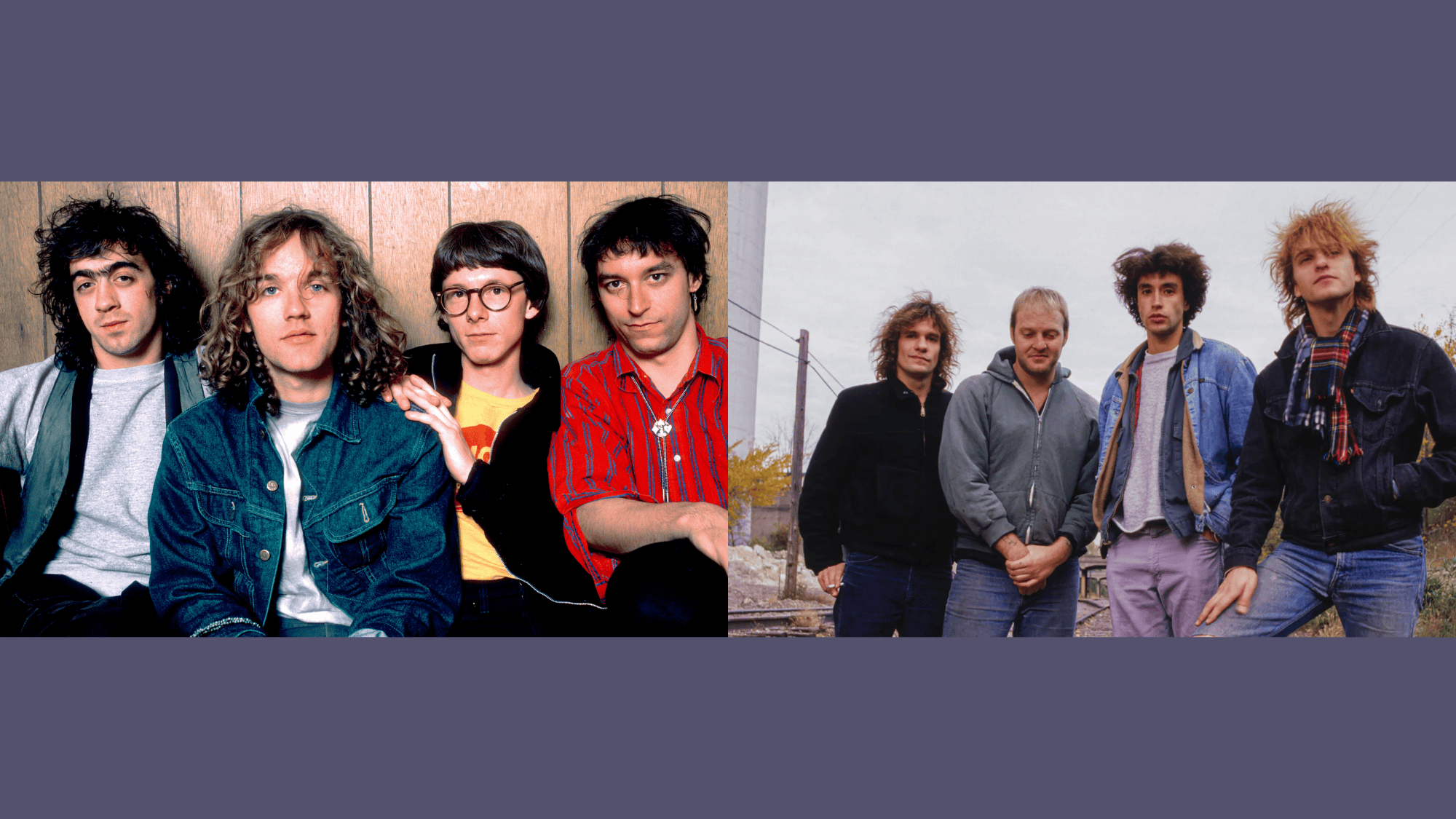
College rock originated on U.S. college radio stations in the 1980s, showcasing unsigned or lesser-known bands with unique, unpolished sounds.
It was lo-fi, often quirky, and lyrically honest, laying the groundwork for future indie and alt bands. Its grassroots nature made it a breeding ground for authentic, genre-blurring musical innovation.
Famous Artists: R.E.M. and The Replacements
3. Experimental Rock

Experimental rock defies structure, using strange rhythms, unexpected instruments, and genre fusion to create something entirely new. It’s where rock meets the avant-garde, often challenging the listener’s expectations.
This genre invites risk-taking artists to push sonic boundaries and question what music can be, rather than sticking to conventional formats.
Famous Artists: Swans and The Velvet Underground
4. Goth Rock
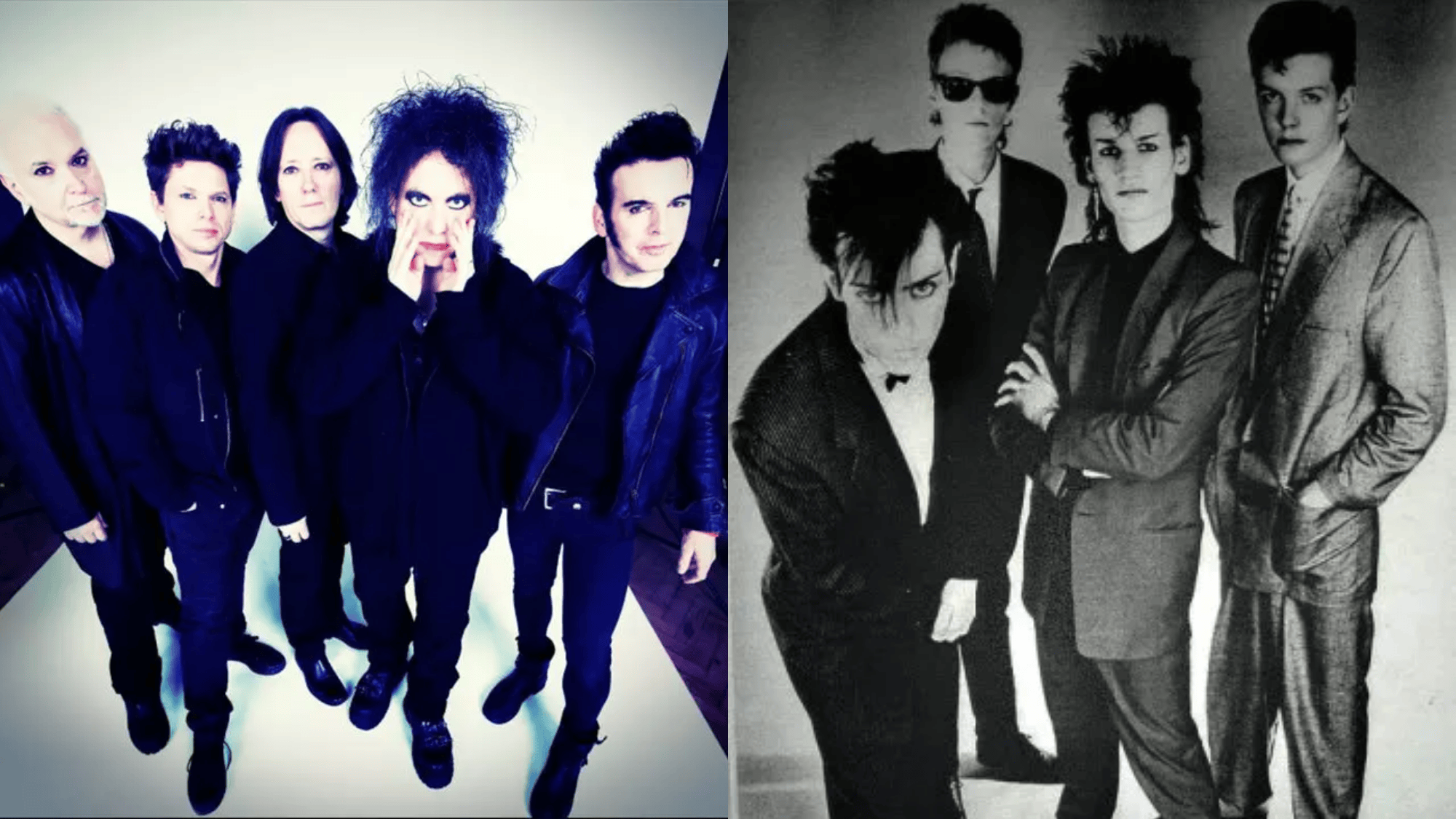
Goth rock is haunting, theatrical, and emotionally intense. Emerging from post-punk in the late ’70s, it features deep vocals, dark atmospheres, and lyrics focused on mortality, love, and isolation.
Its fans often adopt a gothic aesthetic, making it not just a music style but a powerful cultural and visual movement.
Famous Artists: The Cure and Bauhaus
5. Grunge
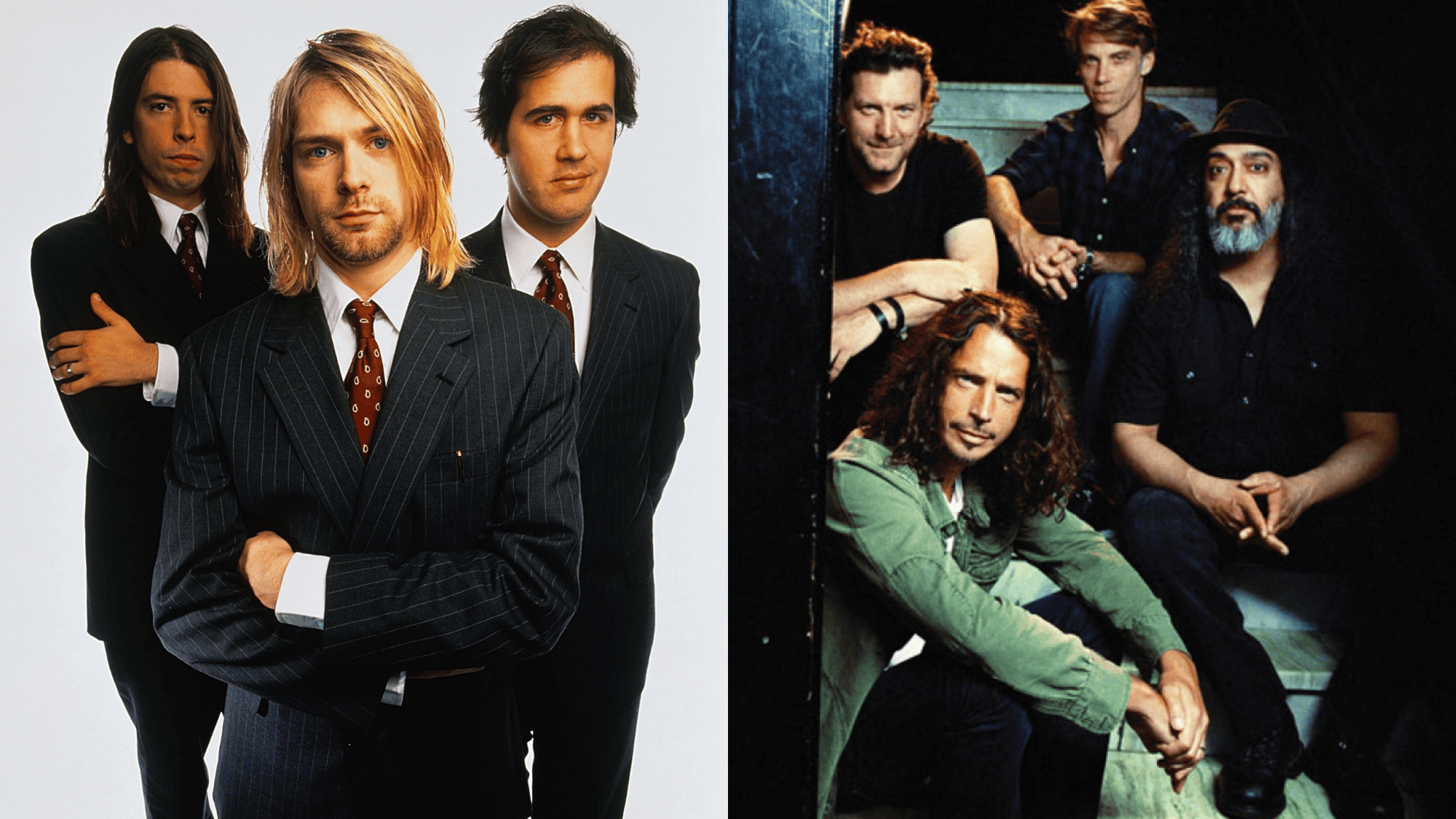
Grunge exploded out of Seattle in the late ’80s, combining punk’s rawness with heavy metal’s weight. Known for its thick guitar distortion, gloomy lyrics, and anti-establishment themes, it gave voice to youth disillusionment.
Bands wore flannel and rejected glam, making grunge both a sound and a lifestyle of rebellion.
Famous Artists: Nirvana and Soundgarden
6. Hardcore Punk
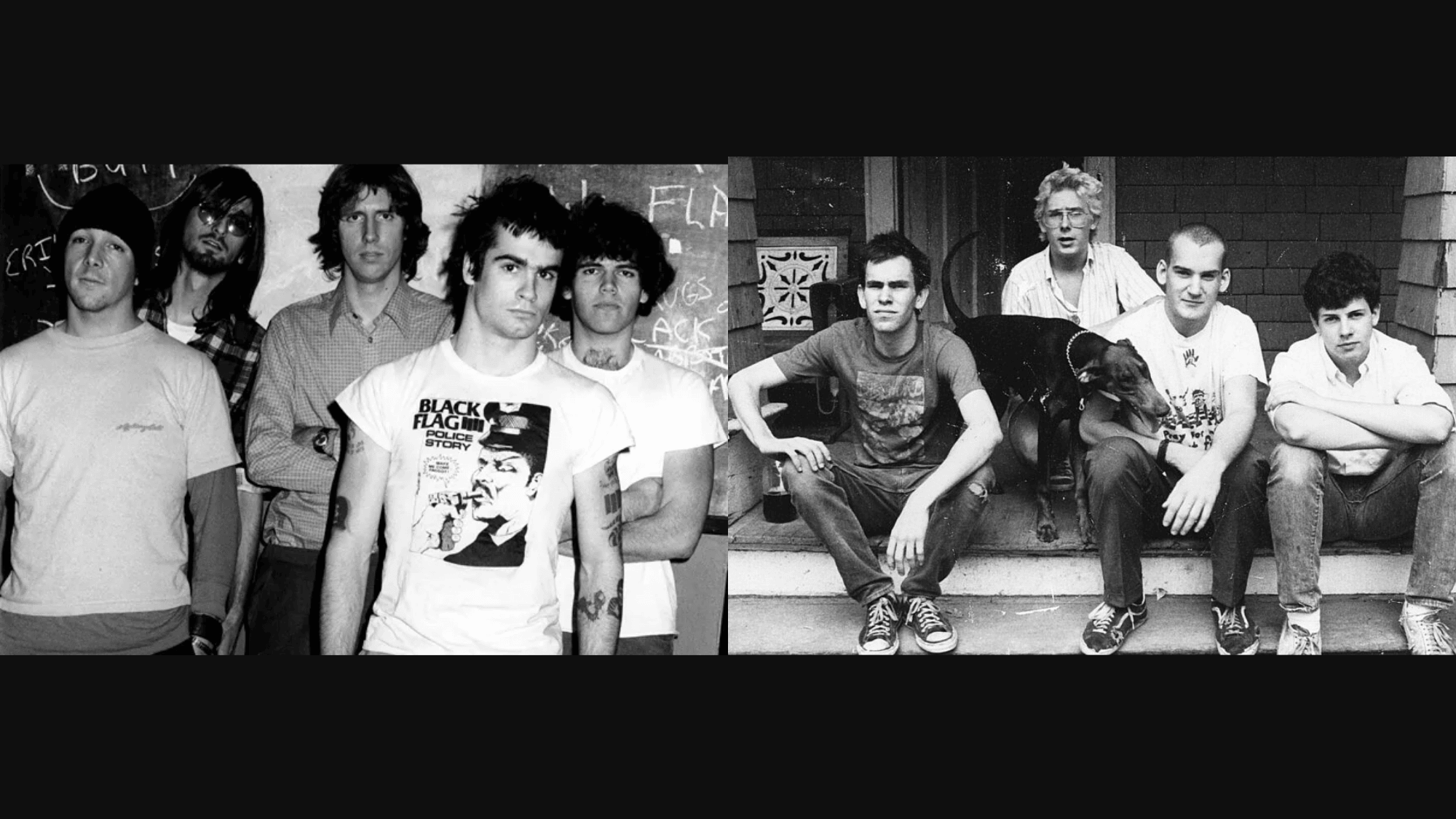
Hardcore punk is punk rock at full throttle, fast, loud, aggressive, and deeply political. Songs are often short and furious, with stripped-down production and shouted vocals.
It emerged as a reaction to the commercialization of music, embracing DIY ethics and a confrontational attitude that empowered underground communities and resistance movements.
Famous Artists: Black Flag and Minor Threat
7. Hard Rock
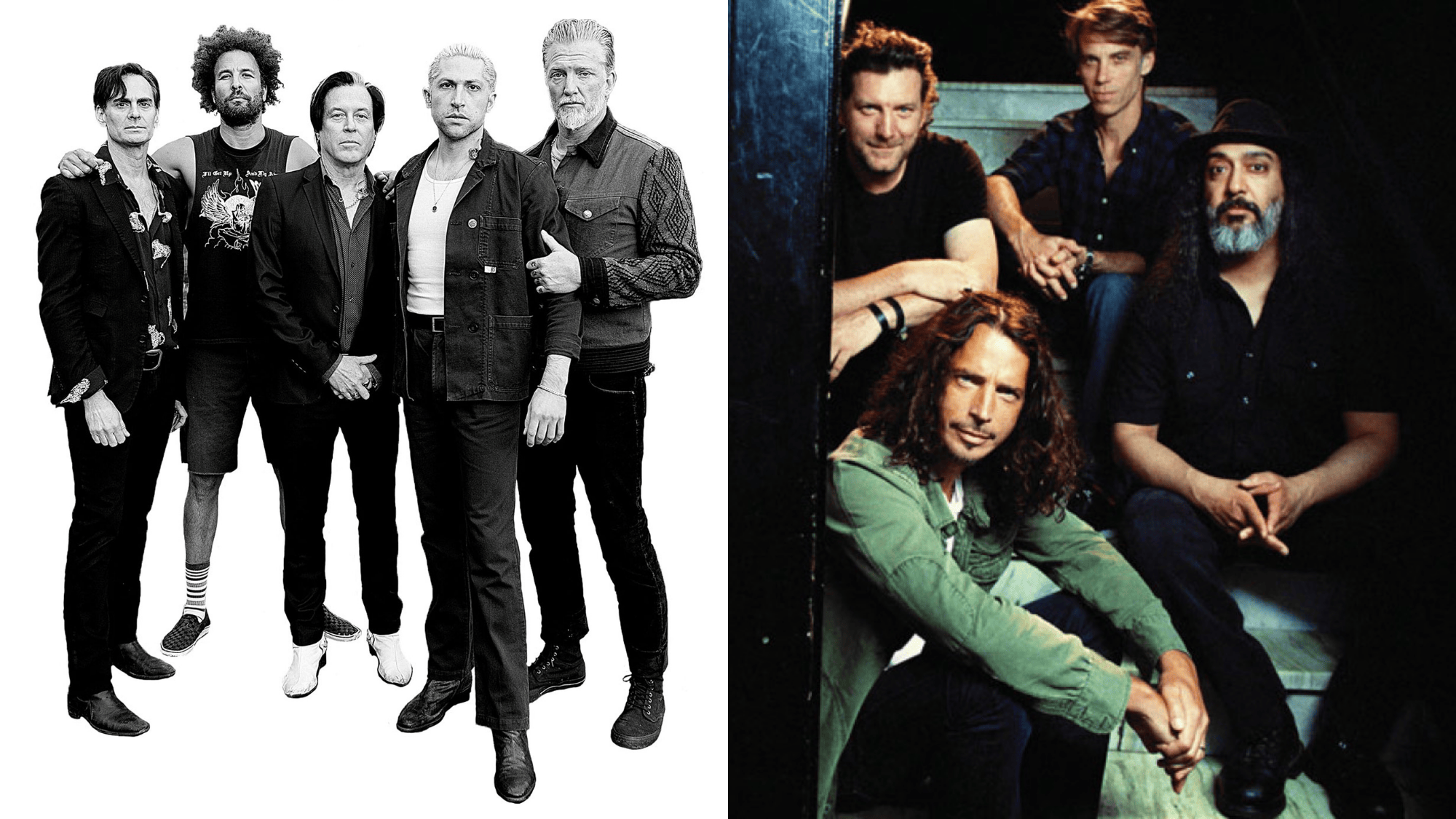
Hard rock thrives on thunderous guitar riffs, bold vocals, and a larger-than-life attitude. While it overlaps with classic rock, in alternative circles it often brings a darker, edgier energy.
The music balances melody and power, delivering both radio-friendly hits and hard-hitting anthems that connect in arenas and basements alike.
Famous Artists: Queens of the Stone Age and Soundgarden
8. Indie Rock

Indie rock emphasizes artistic independence over mass-market appeal. It varies in sound, from jangly guitars and soft vocals to layered, experimental arrangements.
The genre is driven by lyrical storytelling and authenticity, often tackling themes like introspection, relationships, and youth culture. Indie artists prioritize creative freedom, often releasing music on small labels.
Famous Artists: Arctic Monkeys and Vampire Weekend
9. New Wave

New wave is bright, synth-heavy, and stylish, fusing punk’s energy with pop’s catchiness and electronic textures. Emerging in the late ’70s and thriving in the ’80s, it embraced futuristic sounds and quirky visuals.
Known for upbeat rhythms and danceability, it brought punk’s edge into mainstream ears with a glossy twist.
Famous Artists: Talking Heads and Blondie
10. Progressive Rock
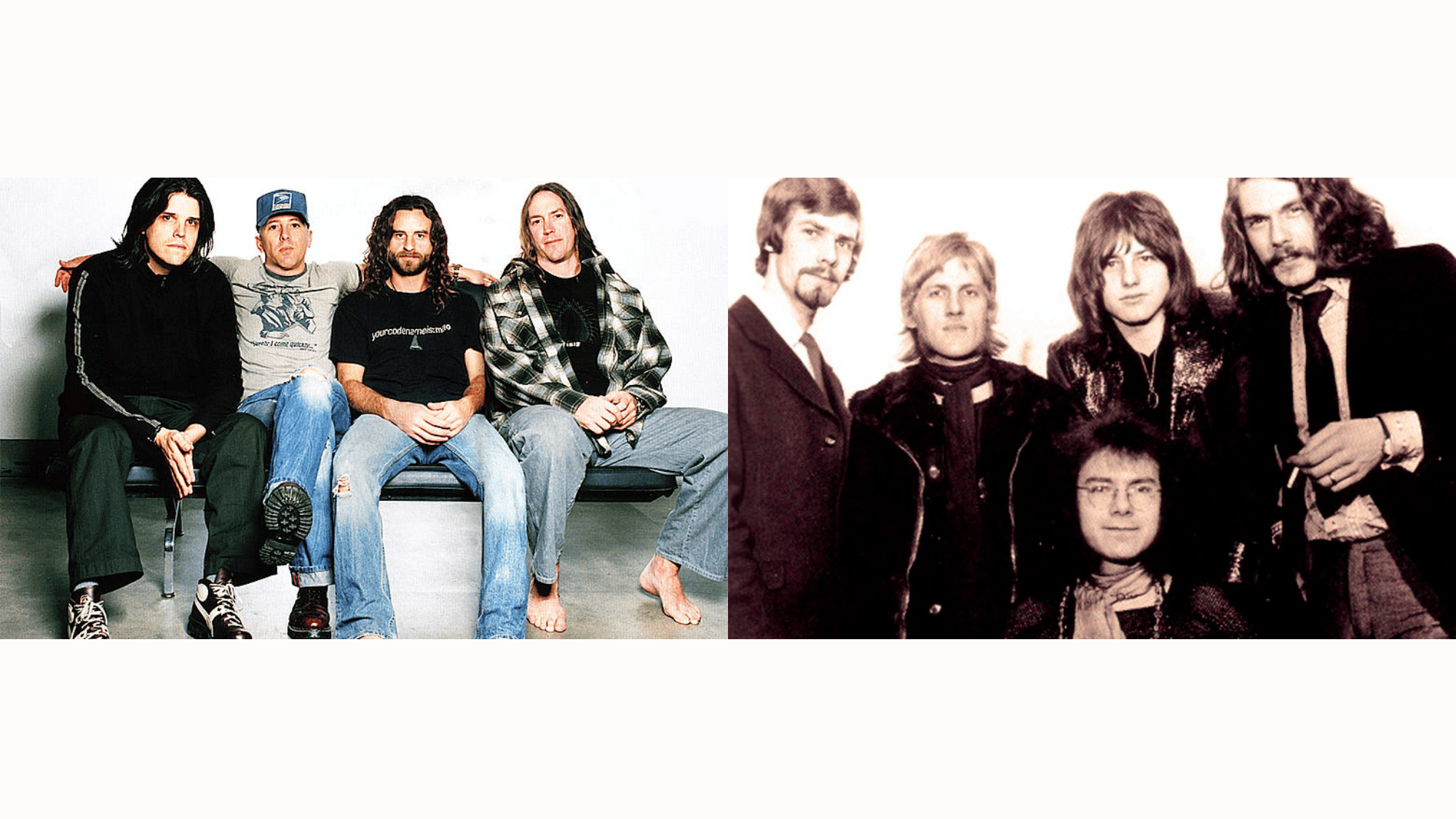
Progressive rock (or prog rock) is complex, layered, and ambitious. It often includes long tracks, shifting time signatures, and conceptual lyrics.
Inspired by classical and jazz, it invites listeners into imaginative sonic journeys. Prog rock bands use music to tell epic stories, challenging traditional song structures in favor of artistic exploration.
Famous Artists: Tool and King Crimson
11. Punk
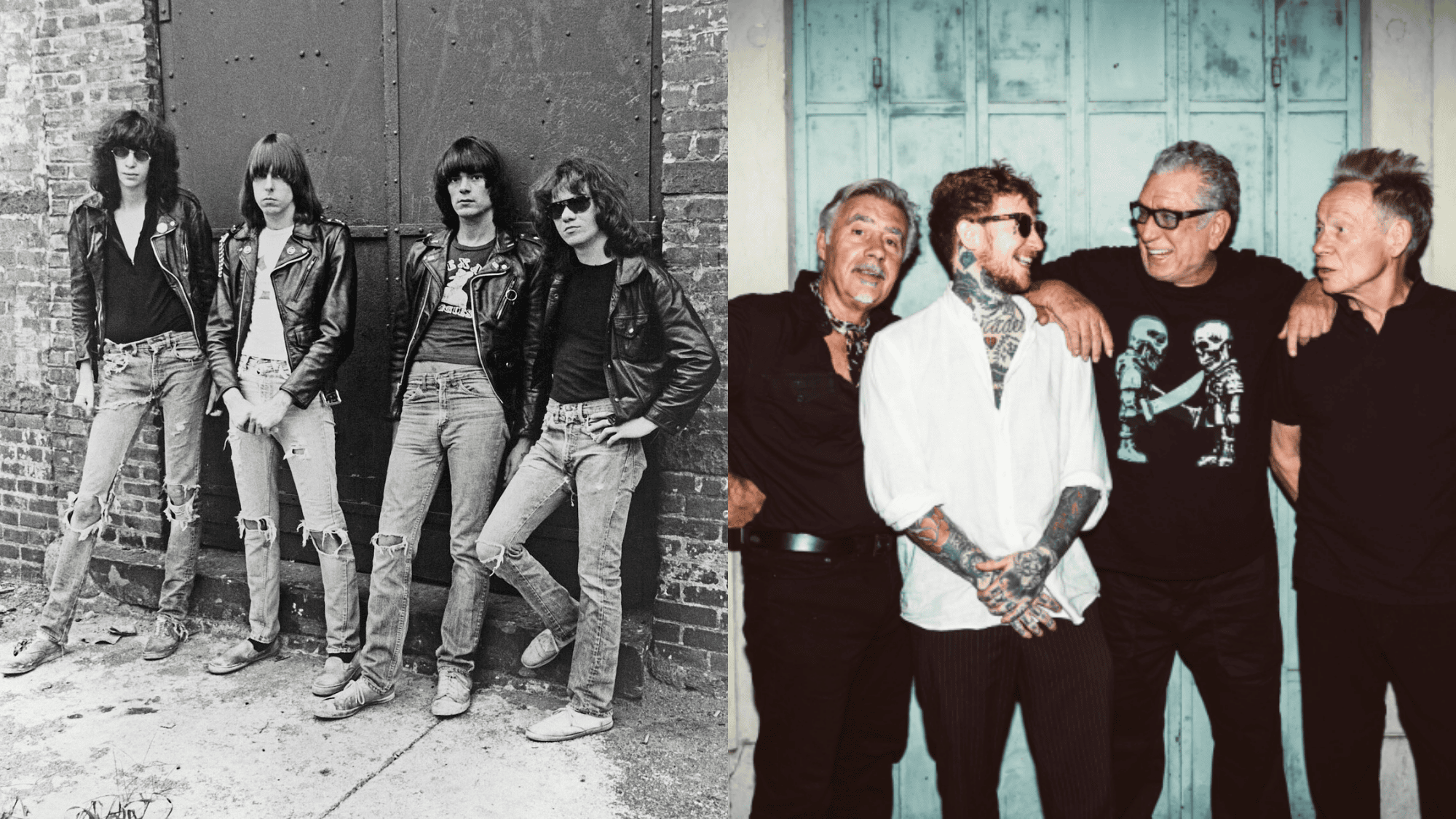
Punk is raw, rebellious, and stripped down to its core. It burst onto the scene in the ’70s with a “no rules” attitude, simple chord structures, and urgent, often political lyrics.
More than just a music style, punk became a cultural movement rooted in defiance, activism, and do-it-yourself independence.
Famous Artists: The Ramones and Sex Pistols
12. Shoegaze
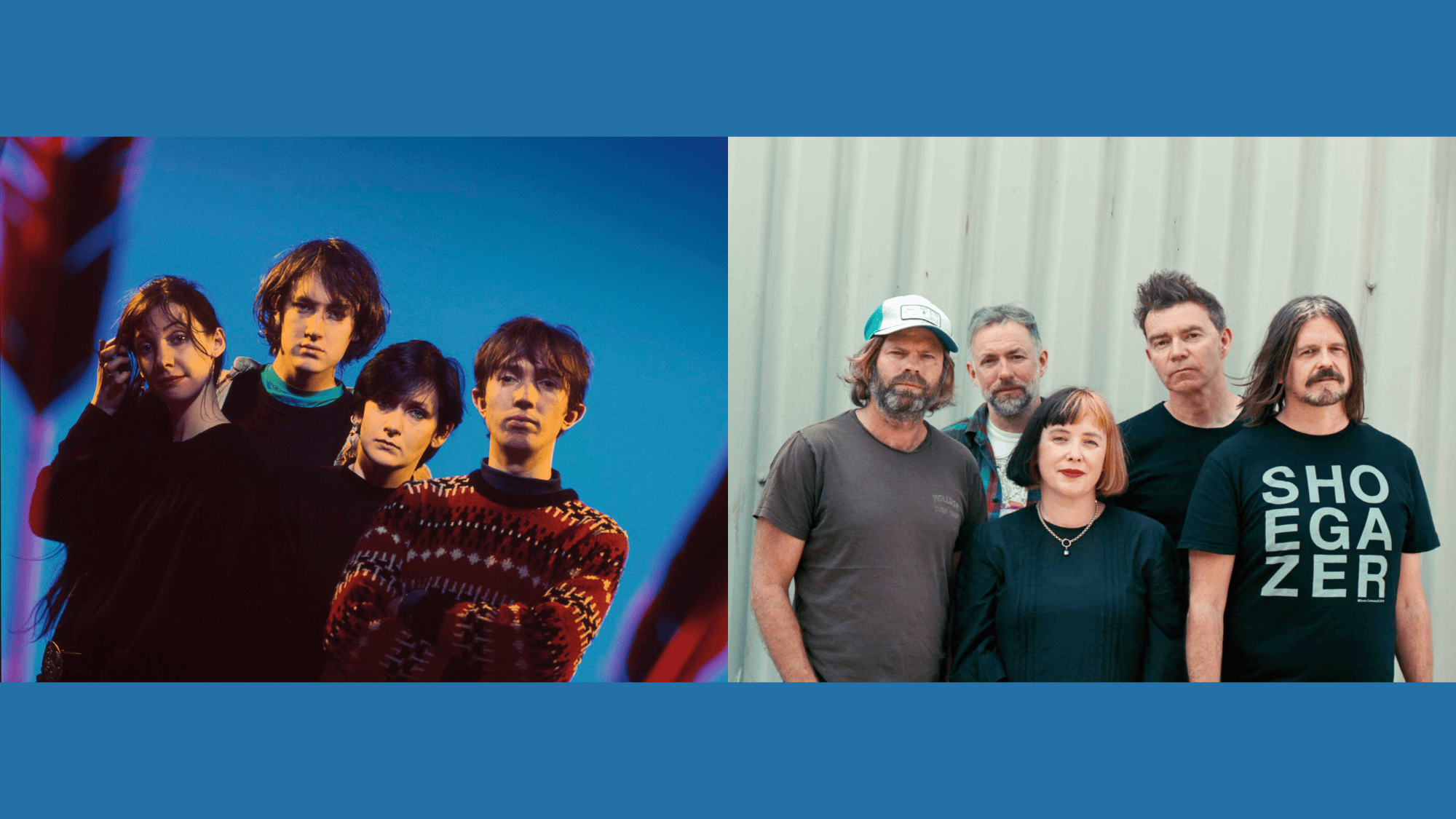
Shoegaze creates an immersive sound through lush guitar effects, reverb, and ethereal vocals. Originating in the UK in the late ’80s, its name comes from musicians’ habit of looking down at their pedalboards.
The genre offers a dreamy, emotional atmosphere where vocals often blend into a wall of sound.
Famous Artists: My Bloody Valentine and Slowdive
13. Steampunk
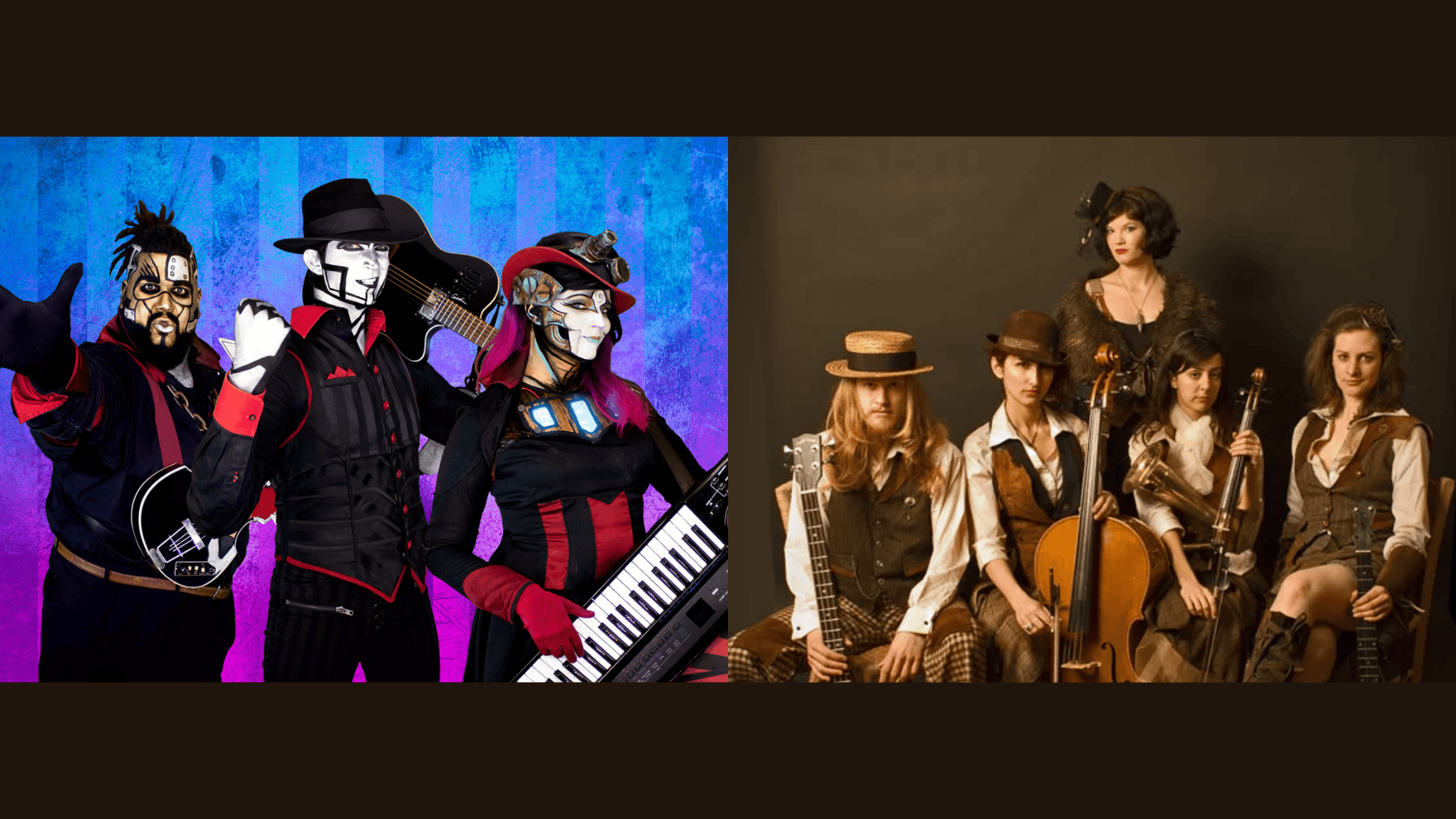
Steampunk blends modern rock or electronic music with retro-futuristic, Victorian-inspired aesthetics. It’s theatrical and imaginative, both in sound and performance.
Steampunk songs may include old-world instruments like accordions or violins, layered with synths and guitars, while lyrics often tell stories of airships, time travel, or alternate historical adventures.
Famous Artists: Steam Powered Giraffe and Vernian Process
Types of Alternative Music, Famous Artists & Top Hits
| Subgenre | Top Hits |
|---|---|
| Alternative Rock | Creep, Everlong |
| College Rock | Radio Free Europe, Bastards of Young |
| Experimental Rock | Screen Shot, Heroin |
| Goth Rock | Lullaby, Bela Lugosi’s Dead |
| Grunge | Smells Like Teen Spirit, Man in the Box |
| Hardcore Punk | Rise Above, Straight Edge |
| Hard Rock | Black Hole Sun, No One Knows |
| Indie Rock | Do I Wanna Know?, A-Punk |
| New Wave | Psycho Killer, Heart of Glass |
| Progressive Rock | Schism, 21st Century Schizoid Man |
| Punk | Blitzkrieg Bop, Anarchy in the UK |
| Shoegaze | Only Shallow, When the Sun Hits |
| Steampunk | Airship Pirate, Honeybee |
Conclusion
Alternative music is a world of contrast and creativity. From the fast beats of punk to the dreamy haze of shoegaze, it celebrates the weird, the wild, and the wonderful.
It doesn’t need perfect production or record-breaking sales. What it offers is honesty, freedom, and expression.
Even if you’re new to the scene or a longtime fan, the alternative genre always has something unexpected to offer. So turn up the volume, try a new subgenre, and let the music take you somewhere different.


